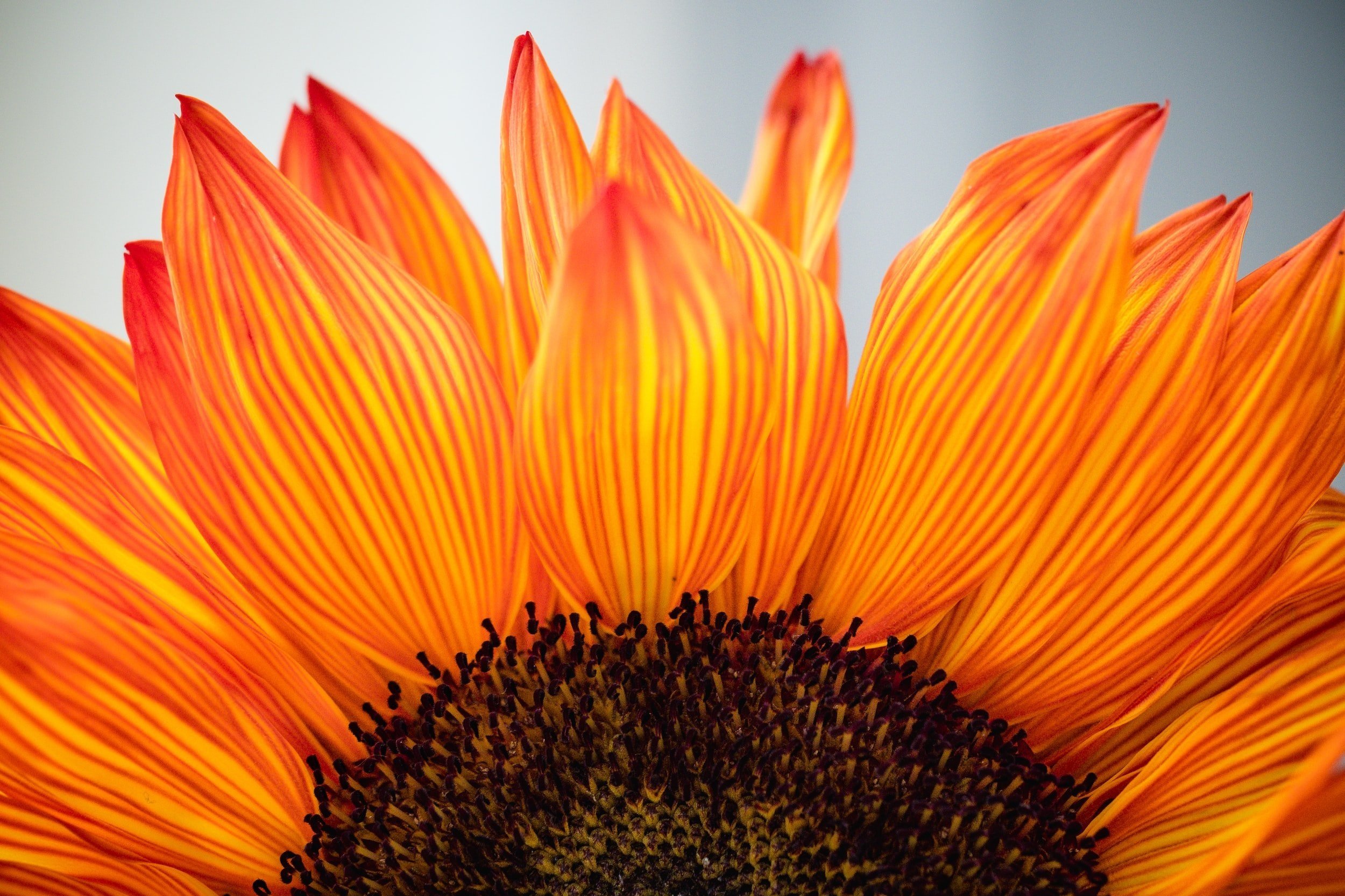Chronic Pain and Mental Health Occupational Therapy Fremantle
Gratitude for Living Well
I grew up in a family where gratitude was cultivated.
Reflecting now I’d say that gratitude was a necessity for both physical and emotional survival living in remote farms in Papua New Guinea and then outback Western Australia. Gratitude meant that we were willing to adapt and make do; we savored the special moments; and counted our blessings each day that we were still alive.
I invented the mantra “an attitude of gratitude is always helpful” for our children when they were younger. I’m now wondering if this was more to help me get through those tough toddler and primary years. Never-the-less I have always been interested in this aspect of positive psychology.
Gratitude comes naturally to me. But so does anxiety, worry and sadness. And I often hear people say “how can I have gratitude when I experience so much pain?”
The simple answer to that is that vitality can be experienced alongside suffering. Gratitude can exist with pain.
What is gratitude?
The word gratitude is derived from the Latin word gratia, which means grace, graciousness, or gratefulness.
Gratitude is a thankful appreciation for what an individual receives, whether tangible or intangible. With gratitude, people acknowledge the goodness in their lives. In the process, people usually recognize that the source of that goodness lies at least partially outside themselves. As a result, being grateful also helps people connect to something larger than themselves as individuals — whether to other people, nature, or a higher power.
Gratitude helps an individual to step back from physical and/or emotional pain. In doing this they can see that the pain can never be bigger then them. There is a part of them that can hold both positive and negative thoughts and feelings at the same time.
What are the benefits of gratitude?
In positive psychology research, gratitude is strongly and consistently associated with greater happiness. Gratitude helps people feel more positive emotions, relish good experiences, improve their health, deal with adversity, and build strong relationships.
Please note, the research on gratitude is mixed. but most of the studies published on this topic support an association between gratitude and an individual’s well-being.
Growing up in Papua New Guinea it may have seemed to outsiders that we didn’t have much and that we lived with many dangers but we were happy and we thrived.
How is gratitude felt and expressed?
People feel and express gratitude in multiple ways. They can apply it to
-
the past (retrieving positive memories and being thankful for elements of childhood or past blessings),
-
the present (not taking good fortune for granted as it comes),
-
and the future (maintaining a hopeful and optimistic attitude).
Regardless of the inherent or current level of someone’s gratitude, it’s a quality that individuals can successfully cultivate further.
Gratitude is one of those things that can’t be taught. It has to be experienced. For me gratitude is felt in the heart. Gratitude takes the edge off those big, harsh and challenging emotions. Gratitude doesn’t change them but helps to soften and make room for them. Gratitude enables acceptance.
Ways to cultivate gratitude
Gratitude is a way for people to appreciate what they have instead of always reaching for something new in the hopes it will make them happier, healthier or more satisfied in life.
Gratitude helps people refocus on what they have instead of what they lack.
To begin with it can seem unnatural or contrived. But what you practice grows stronger. This is the magic of neuro-plasticity which helps you to grow gratitude without too much effort. It just takes a little concentrated effort to start with, focusing on small and meaningful real things you are grateful for.
We all have something to be grateful for.
Here are some ways to cultivate gratitude on a regular basis.
-
Notice what makes you smile. Notice every time you smile at something and mentally thank it or them.
-
Practice an inner smile of contentment at a regular time of day or whenever you want. This is a like half smile like when smiling at a sunset or new born baby.
-
Tell someone how much you appreciate them with a note, letter, email or text message.
-
Thank someone mentally. Think appreciative and loving thoughts of that person and what they have for you or for others or for nature.
-
Keep a gratitude journal of the gifts you’ve received each day. (What we see and read connects with our nervous system and sub-conscious thinking.)
-
People who have a faith can use prayer to cultivate gratitude.
-
Mindfulness meditation involves focusing on the present moment without judgment. Although people often focus on a word or phrase (such as “peace”), it is also possible to focus on what you’re grateful for (the warmth of the sun, a pleasant sound, etc.).
Thankyou
Finally thankyou for reading this little blog on gratitude.
I am grateful for my amazing adventurous childhood. It has given me the greatest gift of gratitude and resilience.
Written by Sasha Wray Occupational Therapist, Naturopath and Acupressure Practitioner
People can access Sasha’s services via Private health Insurance, NDIS, Insurance Commission and Medicare’s BAMH Mental Health Care plan for Focused Psychological Therapy







